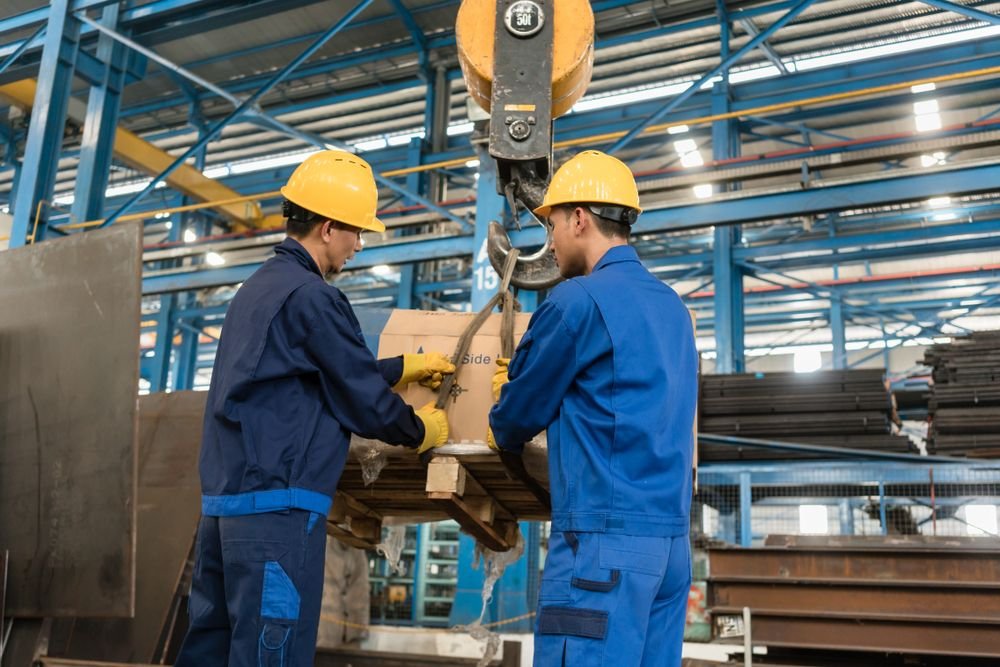Online retail penetration in Australia has doubled over the past decade, pushing traditional warehouses to evolve into Omni-channel fulfilment hubs. This transition demands equipment that handles high SKU counts and small order sizes without sacrificing speed. Carton erectors, automatic bagging machines, and goods-to-person shuttle systems reduce labour touches from five to two, enabling next-day delivery commitments even from regional facilities like those springing up near Toowoomba or Newcastle. Temperature-controlled boxes and gel-pack assembly lines cater to meal-kit and pharmaceutical brands, while packaging optimisation software selects the smallest possible carton to minimise cubic freight charges. Businesses that once reviewed their equipment portfolio every seven years now update layouts annually to stay competitive—choosing modular systems that bolt together and scale up with demand.
Choosing the Right Supplier: Why Australian Businesses Trust plastics2go and Castors2go
Sourcing reliable equipment partners is as crucial as selecting the kit itself. Australian firms often turn to plastics2go for robust storage bins, pallets, and picking crates manufactured from food-grade resins—perfect for the stringent hygiene requirements of the nation’s booming cold-chain sector. Modular tote designs stack securely, integrate with automated shuttle systems, and remain serviceable for years, reducing replacement costs. By partnering with home-grown companies, warehouses benefit from shorter lead times, local technical support, and compliance with Australian Standards out of the box. Regular evacuation drills test emergency procedures, while first-aid kits and eyewash stations must be accessible within a prescribed distance. Digital learning platforms now supplement face-to-face sessions, offering micro-courses on topics such as lithium-ion battery fire response or correct harness usage when order-picking at height. Compliance not only avoids penalties; it protects brand reputation and underpins staff retention by demonstrating genuine care.
Digital Integration: IoT-Enabled Equipment and Smart Warehouses
Internet of Things technology has moved beyond buzzword status inside Australian distribution centres. Forklifts fitted with telematics units transmit battery health, impact alerts, and maintenance reminders to cloud dashboards. Smart pallet racking includes weight sensors that flag overloading and feed real-time stock counts back to the warehouse-management system. Pick-to-light modules flash LED indicators and display SKU information pulled from ERP software, reducing search time and preventing mis-picks. Autonomous mobile robots (AMRs) navigate using LIDAR maps, collaborating with human operators via traffic-control software that assigns routes and priorities on the fly. These interconnected devices create a data-rich environment where managers can model productivity, anticipate bottlenecks, and make informed decisions about overtime or capital expenditure.
Maintenance Strategies: Keeping Equipment in Peak Condition
The best equipment delivers little value if it breaks down mid-shift. Preventive maintenance schedules—aligned to manufacturer guidelines but tailored for local operating hours—ensure forklifts receive battery-equalisation charges and oil changes before issues escalate. Conveyor belts require weekly visual checks for fraying or miss-tracking, while racking inspections every six months identify bent uprights caused by minor pallet strikes. Many Australian businesses adopt condition-based maintenance, using vibration sensors on motor housings and thermal imaging of electrical panels to detect anomalies early. Spare-parts inventories for critical components, such as drive rollers or lift-truck tyres, minimise downtime during emergencies. A disciplined maintenance culture reduces not only repair bills but also workplace accidents, as equipment failures frequently cascade into human injury incidents.
Training and Compliance: Australian Standards for Warehouse Operations
From Adelaide to Darwin, warehouses operate under a framework of national and state legislation. Forklift drivers must hold a High-Risk Work Licence, renewing competency every five years, and racking installers adhere to AS 4084 for steel storage design. The Work Health and Safety Act requires employers to provide adequate supervision, which in practice involves refresher training on load calculations, safe stacking heights, and pedestrian-forklift separation principles. Meanwhile, mobility is the speciality of Castors2go, whose heavy-duty swivel and fixed castors transform static benches, cages, and platform trolleys into agile assets that glide across polished concrete without scuffing. Both suppliers understand Australia’s tough climate and harsh UV exposure, offering warranties that give operations managers peace of mind.







